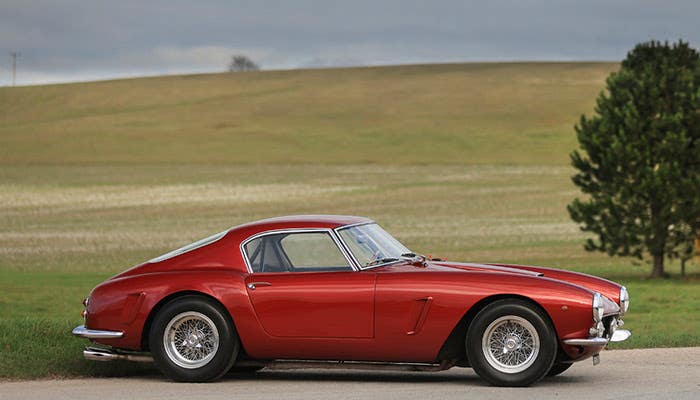My brother, Joe Orndorff, and I grew up in Charles Town, W. Va., which is near the Shenandoah River. Our Dad, Marshall Orndorff, loved to fish in that river, and had a 16-foot flat-bottom boat tied to a tree there in an area called the "Big Eddy."
My dad went to check on his boat on the Shenandoah River when the ice broke, causing the water to flood the area where his 1928 Dodge was parked.
On Feb. 15, 1948, during an ice break-up on the Shenandoah River, Dad was concerned about his boat and drove down the river road to see if it was still chained to the tree. He was driving our family car, a 1928 Dodge. On his way out of the area, an ice jam caused the level of the river to suddenly rise and our Dodge was, literally, flooded out. Dad waded out of the water, then walked over to a field and snapped two photos of the Dodge sitting in the water. Somehow, Dad got home and Mom said, "You mean the car is still down there in the water!" She couldn't believe it.
The story has a happy ending. The car was retrieved and dried out, and was our only means of transportation for a number of years afterward.
After it was flooded, the 1928 Dodge was dried out and used for several more years. It's pictured here in dryer times following the flood.
I learned to drive and took my driver's test in that Dodge. Dad used to take the back seat out of it and haul firewood. The gasoline gauge did not work, and we had a measuring stick that we stuck into the gas tank to determine how much fuel was left.
I also remember our parents using the 1928 Dodge to gather black walnuts. We would go out to old farm roads where black walnuts had fallen on the dirt road, then drive the car over the walnuts to remove their hulls.
I am also including a photo of the car parked in the alley in front of our house. That's Joe sitting on the front fender ' he's about 8 or 10 years old in the photo. This photo was taken after the flood, so you can see the car survived in good shape.
After I learned to drive and graduated from high school in 1950, I attended a nearby college (Shepard College, now called Shepard University), and drove the car to classes there. Sometimes the car would not start, so I learned to park it on a hill on campus and let it drift downhill and put it in gear to start it.
When Dad decided to buy a 1941 Plymouth, he said we must get rid of the '28 Dodge. It was a very sad day. Joe begged Dad to let him keep it on our Uncle Calvin's farm and he would earn money to pay for it. That didn't work.
Someone from the local Dodge dealership, known as Spikers, picked up the car, which was sold for $30. We understand an orchardist bought it from the dealership and cut the back off to install spraying equipment in it. Joe says he's not sure about it being used for spraying, but rather just general use around the orchard.
Also, Joe says the Dodge had a Victory Six engine.
I was away at school when the car was sold. The 1928 Dodge had, as I remember, leather seats, a roll-up blind inside the rear window and a solid wood steering wheel. Also, the rear tail light had a top section that, when lit up, would show the word "stop" when the brakes were applied.
That old Dodge may be gone, but memories of it remain strong.








